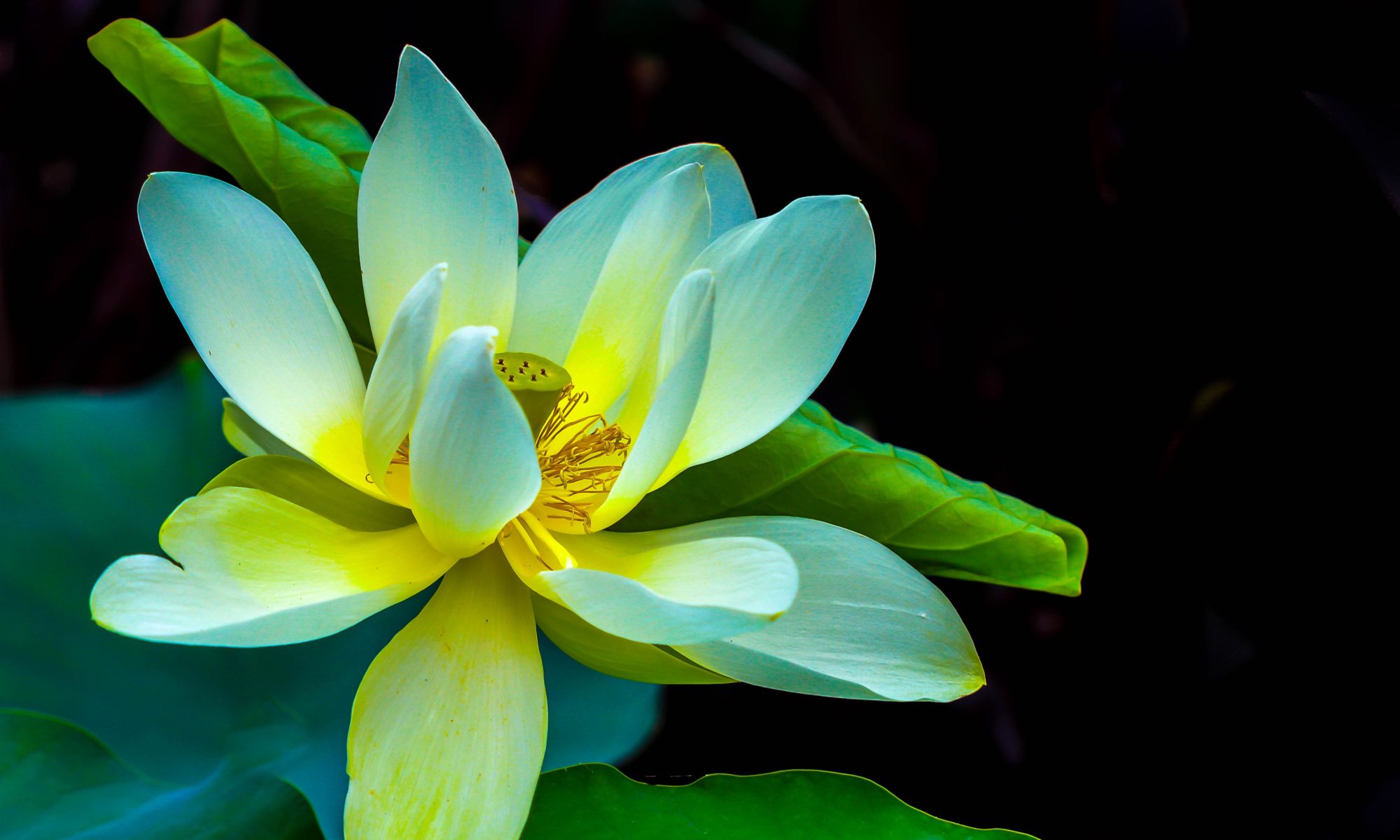Dear Kalyanamittas,
Below are the audio links to our 21st August 2018 Tuesday class recording for sharing by all. The outline short notes link is as below:
https://broteoh.com/wp-content/uploads/2018/08/Short-Notes-Teoh-Thu-180821.pdf
Brother Teoh’s 21st August 2018 Tuesday Class outline Short Notes
1. Bro. Song’s recent spiritual trip sharing on his special encounter while visiting the temple at Shui Mu Shan. Brother Teoh rejoice with his good new understanding now. That is after understanding that whatever happened in meditation (no matter how wonderful and beautiful or unique those experiences may be) they are just conditioned states of mind and if it does not brings about wisdom and understanding or awakening then it is of not much use. So don’t cling otherwise ‘mana’ or minor conceit will arise.
2. Bro. Teoh summarised what Kalyanamittas were able to learn from their recent spiritual trip to China:
- How to break free from the 2nd fetter (attachment to rites and rituals) that binds living beings to samsara.
- How to breaking free of the 9th fetter (minor conceit or mana) that binds beings to samsara.
- How the 7 factors of enlightenment is to be developed and cultivatedvia following the following sequence of cultivation:
Sati > Dhamma Vicaya > Viriya > Piti > Passadhi > Samadhi > Upekkha. That is with a stable daily Mindfulness (sati) established leading to > Dhamma Investigation. When the dhamma stands up to investigation > faith and Spiritual Zeal (viriya) arise leading to > Spiritual Joy (piti) > Stillness and tranquillity of mind (passadhi) leading to > Collected & unwavering mind(Samadhi) leading to > wisdom (borne of the direct seeing) thereby arising the last factor of enlightenment of Equanimity of mental formations borne of wisdom.
3. 3. There are 2 types of mind:
a. Mundane or Thinking mind is impermanent because it is dependent originating and condition arising. It is basically thoughts triggered by Ignorance or Avijja. They are thoughts that containing the 3 evil roots of Greed, Hatred and Delusion and the 5 mental hindrances and they arise following the law of dependent origination or the 12 links as shown below:
Avijja paccaya-> Sankhara -> Vinnanam -> Name Rupa -> Salayatana -> Phassa -> Vedana -> Tanha -> Upadana -> Bhava -> Jati -> Jaramarana …… [That is dependent on Ignorance arises -> Mental Activities -> mental Consciousness -> 5 mental aggregates of Form and Mind -> 6 Sense Bases -> Contact -> Feeling -> Craving -> Grasping -> Becoming -> Birth -> whole mass of suffering.]
b. True mind is the Silent mind, the Meditative mind that is just aware and without thought. When the mundane mind does not arise (or when the thinking mind slows down and cease) the True mind (which is always there) will surface. Within the true mind there is only peace, clarity, awareness, stillness and tranquillity or Passadhi which is the 5th enlightenment factor. When Passadhi is stabilised it leads to > Samadhi.
- The True mind in passadhi and Samadhi can lead to Direct seeing and awakening > giving rise to the initial wisdom needed for the upekkha enlightenment factors to arise.
4. Sis. Alicia’s shared her progress on cultivation of awareness and mindfulness. Her initial wisdom came mainly from the 2nd turning of the Four Noble Truths which she developed via constant contemplation, reflection and inquiry on the essential dhamma as taught by the Buddha. Brother Teoh advise her to continue to develop the daily mindfulness until it is very stable to realise the 3rd turning wisdom which is more stable.
5. Bro. Teoh emphasises the importance of cultivating Kayanupassana daily mindfulness until it is very stable before moving on to Vedananupassana and Cittanupassana, otherwise it is just thought based meditation i.e. thought trying to watch another thought.
6. The sentence on “After overcoming covetousness and grief...” – as stated in the Satipatthana sutta clearly indicate to us the prerequisite of cultivating the initial wisdom borne of Kayanupassama (of the 4 foundations of mindfulness) to overcome covetousness and grief in this world before going into vedananuppasana, cittanupasanna and dhammanupassana.
7. The 6 categories of Kayanupassana practices are as follows:
- Mindfulness of the in and out breath (Anapanasati) – to establish mindfulness or sati (1st factor of enlightenment;
- Mindfulness of 4 postures – to establish daily mindfulness on the 4 postures first;
- Clear comprehension and mindfulness (Sati Sampajanna) of all actions and movements in the present moment – to establish a very stable daily mindfulness leading to the initial wisdom;
- Mindfulness of the 4 elements – to overcome form delusion;
- Mindfulness of the 32 parts of the human body – to overcome sakkayaditthi (self-delusion);
- Mindfulness of the 9 stages of cemetery decomposition – to overcome lust for pretty form via understanding that when the form is devoid of consciousness it goes the way of nature.
(Above outline short notes draft was prepared by Sis. Soo Yee)
Bye! and with metta always,
|
www.dropbox.com
Shared with Dropbox
|
||
